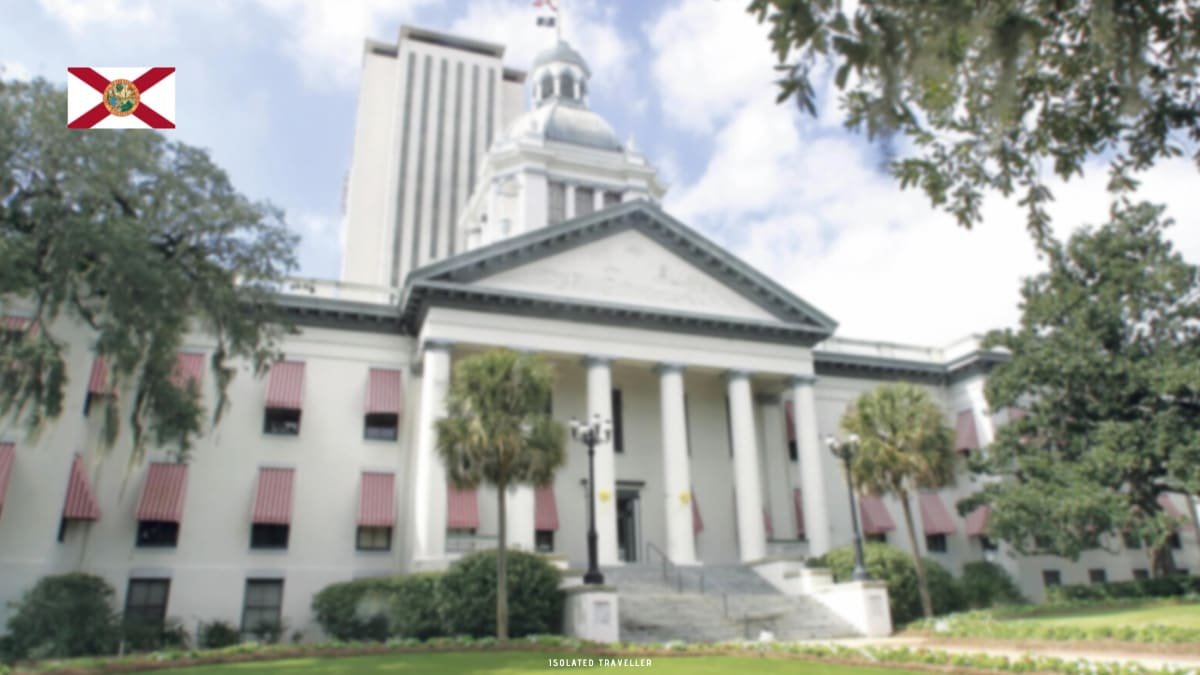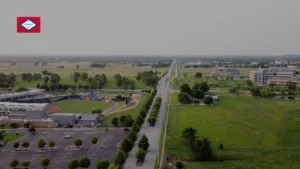Tallahassee, Florida
Tallahassee was founded in 1824 and named the state capital in 1831, it’s also the county seat of Leon Country, located in the Florida Panhandle. The city was named after a Muskogee chief named Tallasi that lived nearby and later befriended Andrew Jackson.
Tallahassee is home to the oldest city park in America, Lake Ella Park, which was created in 1886. Tallahassee is also home to two major universities: Florida State University and Florida A&M University.
Population Of Tallahassee
Tallahassee has a population of 197,102 people and an area of 84 square miles, making it the 7th-largest city in Florida and The population density for Tallahassee is about 1,200 people per square mile.
There is no specific term for people from Tallahassee. The city is home to a diverse population, with residents coming from all walks of life. Some people who live in Tallahassee may be referred to as Tallahasseans, but this is not a widely used term. In general, people from the state of Florida are often referred to as Floridians.
Climate Of Tallahassee
Tallahassee has a humid subtropical climate, with hot and humid summers and mild winters. The city is located near the centre of North America and within the eastern coastal climatic zone, so it experiences occasional cold air masses from the polar region in winter. However, unlike many other areas in this zone, Tallahassee does not experience frequent severe weather such as tornadoes or hurricanes to the degree seen in cities farther east.
Tallahassee’s average temperature ranges from 60 °F in January to 84 °F in July; daily high temperatures average around 80–85 °F. Summer months tend to be hot and wet, with daytime temperatures often exceeding 90 °F.
Tallahassee has a humid subtropical climate, with short, mild winters and hot, humid summers. The area’s precipitation averages around 60 inches (1.5 m) per year. Snow is generally rare in the city, but does occasionally snow downtown once or twice per decade or so.
Brief History of Tallahassee
The earliest settlers in Tallahassee were members of the Native American tribe that inhabited the area at the time. The Seminole Indians had several villages scattered throughout their territory, one being near Tallahassee, but they left for Oklahoma in 1828.
In 1821, Tallahassee was chosen as the capital of the newly formed territory of Florida, and it was incorporated as a city in 1824, and Over the years, Tallahassee has played a significant role in the state’s history. It was the site of several important battles during the Second Seminole War, and it was also the location of Florida’s first state capitol building.
The history of Tallahassee, Florida begins in 1823 when Andrew Jackson was elected President of the United States. After his election, Jackson started to look for a place to retire and eventually selected Florida as the ideal location. In 1823 he purchased from the Creek Indians over 25 million acres of land that today includes Tallahassee and its surrounding area. The first permanent settlement took place in 1824 with Andrew Jackson’s nephew moving into an existing Indian village near what is now known as Thomasville, Florida.
In the 20th century, Tallahassee became a major centre for research and development, with a number of technology and biotech companies located in the city. Today, Tallahassee is known for its vibrant arts and culture scene, its beautiful parks and green spaces, and its rich history.
Tallahassee economy
The economy of Tallahassee is transitioning away from a largely agricultural-based economy to a more diversified economy. Stemming from state government and educational institutions, there has been an increased demand for office space in recent years.
The city is known for its strong focus on education, research, and technology, and it is home to a number of colleges and universities, including Florida State University and Florida A&M University. These institutions are major drivers of the local economy, providing jobs and economic opportunities for the community.
The city’s economy is also supported by a number of other industries, including healthcare, manufacturing, and tourism. Tallahassee is home to a number of hospitals and medical facilities, as well as a number of biotech and technology companies. The city is also home to a number of manufacturing firms that produce a variety of products, including aerospace components, automotive parts, and food products.
Tourism is another important contributor to the Tallahassee economy, with the city attracting visitors from around the world. Tallahassee is home to a number of cultural and historical attractions, including the Tallahassee Museum, the Florida Historic Capitol Museum, and the Florida State University Museum of Fine Arts. The city is also home to a number of beautiful parks and green spaces, which are popular with outdoor enthusiasts.
Overall, Tallahassee’s economy is diverse and strong, with a mix of education, research, technology, healthcare, manufacturing, and tourism. The city is well-positioned for future growth and development, and it is an important economic hub for the state of Florida.
Tallahassee has the fourth-highest per capita gross domestic product in the state of Florida and is the most affordable college town with an average house price of $155,900. The average income of a Tallahassee resident is $25,364 a year and The Median household income of a Tallahassee resident is $39,407 a year, as of 2020.
| Official Tallahassee Website | Facts About Tallahassee |








